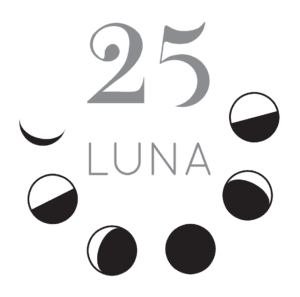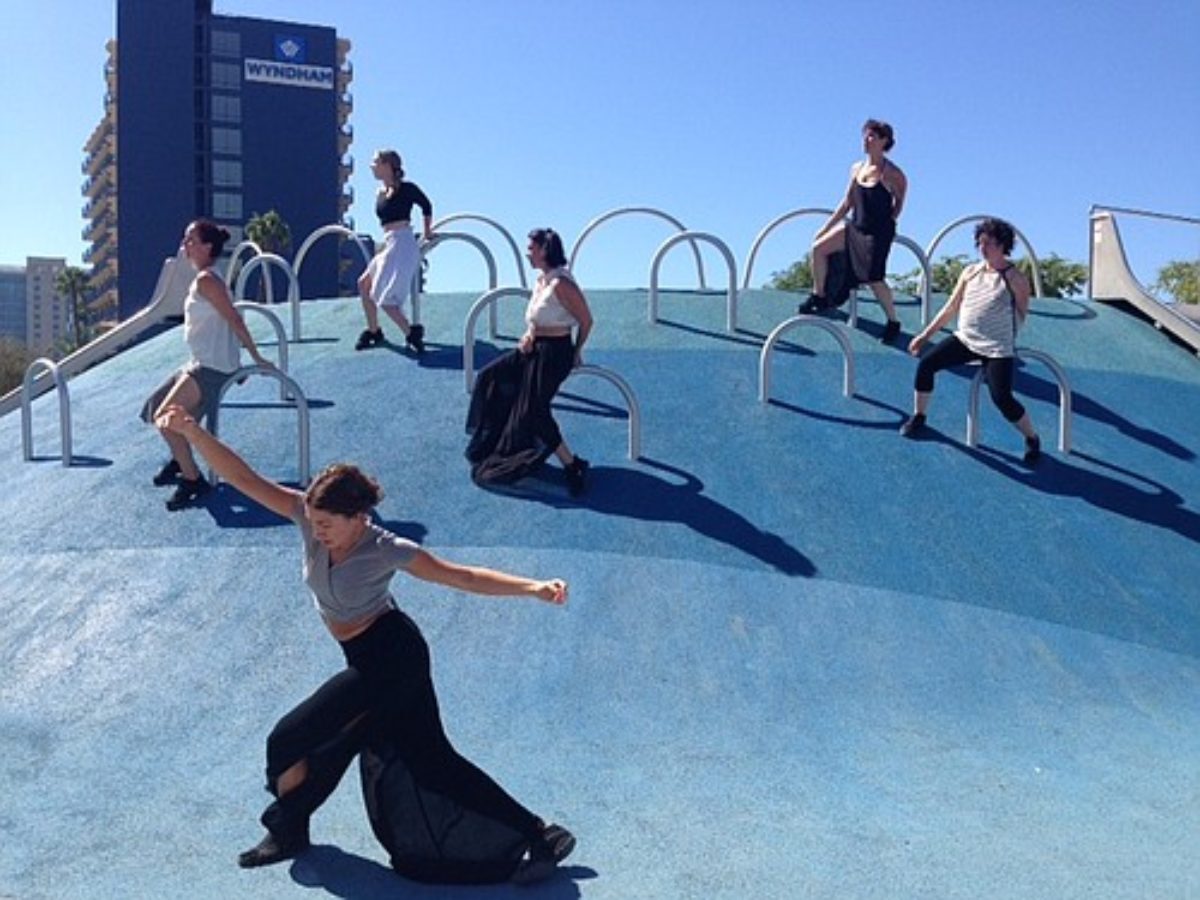Rebecca Daly Mezzocchi

When Rebecca first came to Luna in 2009 she was teaching dance in a public school and struggling to expand her curriculum to include more student voice. After a couple of Lesson Studies, she was hooked. She applied and was accepted into the 2009 Summer Institute. A dancer, an educator, and now a mother, Rebecca is currently taking a break from teaching dance for the first time in 15 years to homeschool her four-year-old twin sons in San Diego. She looks forward to returning to teaching when they go to school.
While not currently in the classroom, Rebecca’s commitment to education remains strong and active. She is developing a middle school dance proposal for the Preuss School, a charter middle and high school for low-income families on the UCSD campus. She is also writing curriculum for Cultures in the Classroom, a program designed to increase cultural fluency among third and fourth graders. She remains attentive to maintaining creativity and constructivism: “Striking a balance between codified technique and individually generated movement is challenging, but essential. Dancers should learn to know and respect the great creative movers that have come before them, as well as realize that they are part of that tradition.”
Creatively, she is refueling, reinventing herself, and “reinhabiting” her body after having children, taking classes regularly in improvisation and techniques that are new to her. She has also been able to perform occasionally, most recently with Trolley Dances in San Diego, and enjoys the daily dance-play development of movement sequences with her children.
In her temporary hiatus from teaching, Rebecca is in a unique position to reflect on her evolution as an educator:
“Before I came to Luna, I knew there was a better way to teach movement, and I was so frustrated because I just could not conceptualize what it was. I didn’t have that framework myself. Luna opened a door to a new paradigm for me. So it’s hard to choose just one thing that I use today because I believe Luna shifted the way that I work. However, if I had to point to only a couple things, it would be the progression of a concept throughout a lesson, and verbal cuing that is specific, well-timed, and non-judgmental.
I am not sure where my next teaching job will be, or what I will be teaching (I am also credentialed K-6). But I know that it doesn’t really matter because, no matter the content, teaching is about the students. You are leading them out of themselves using content as a platform. When I think about my past experiences in the classroom, the best moments are the pride on the students’ faces when they create and share something they are truly proud of, as when an 8th grade group choreographed a truly show-stopping piece and were honored with positive feedback from their whole school. The best moments are when students form that uniquely precious camaraderie with their classmates, such as when a bunch of 8th grade boys who were so comfortable in class, they did not hesitate to try anything new, and would fist bump on the way out and say, “What happens in dance class, stays in dance class.” Or when a loud-mouthed, often crass boy partnered with a special needs girl in a wheel chair to create a piece to “Ain’t No Mountain High Enough” in which they both danced in and out of wheelchairs. He then went on to volunteer in a special needs summer camp.
The best moments are usually quiet and mostly unnoticed, when they realize they have gone beyond their perceived limits, whether it’s memorizing a combination for the first time, persevering through difficulty, getting out on that stage, or breaking a stereotype they were locked into. The best moments, and I know this is directly in line with the spirit of creative movement, are when the students regard each other with genuine interest and positivity instead of judgment and insecurity. Because they know each voice is unique and each voice is important.”

In 25 years, Luna has worked with hundreds of teachers who we’re now proud to say are teaching all around the globe.
From Emily Blossom to Jakey Toor, our past Professional Learning colleagues are collectively and cumulatively teaching tens of thousands of children. We’re sharing their stories, about how they continue to positively impact the dance education field, the future, the world.

